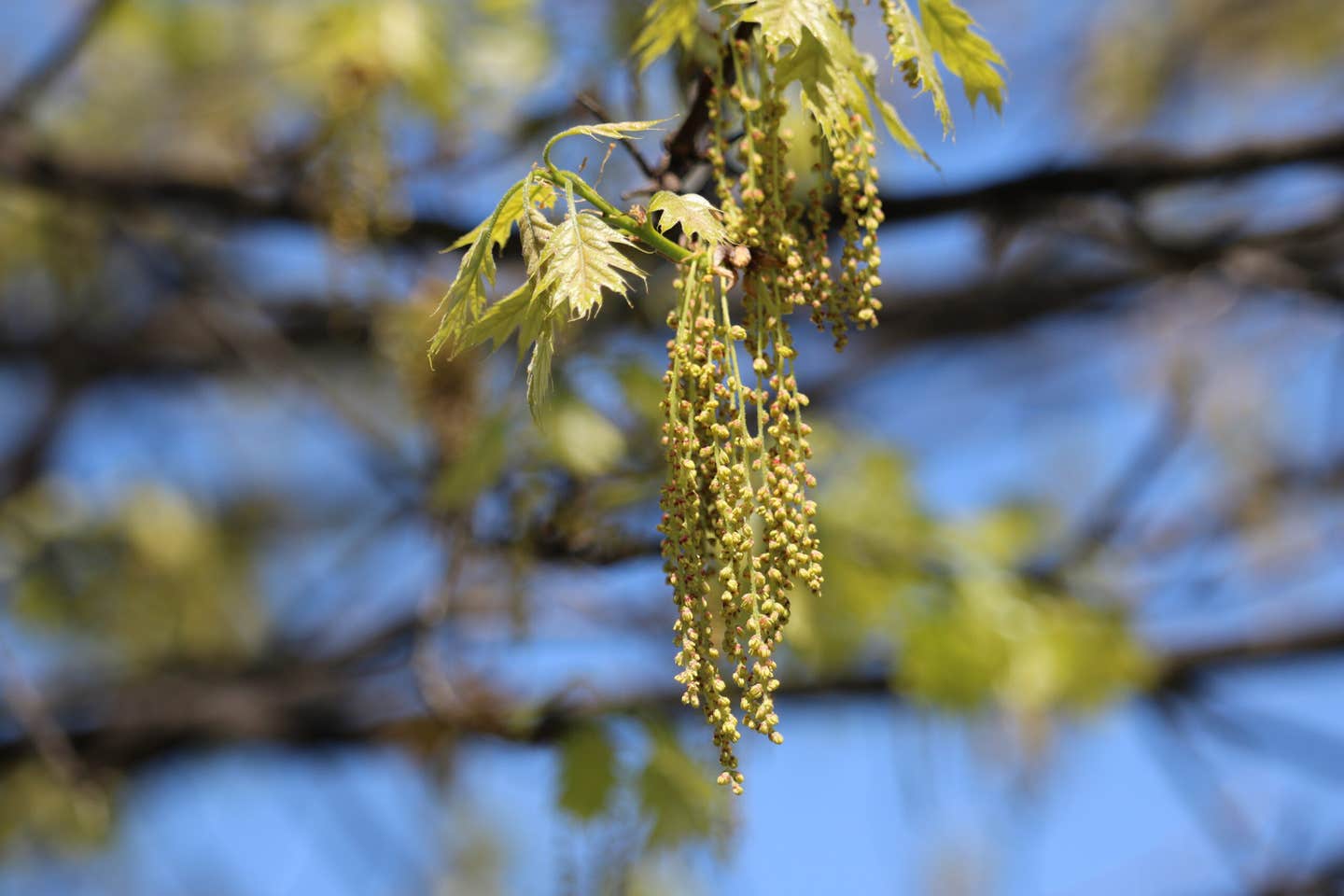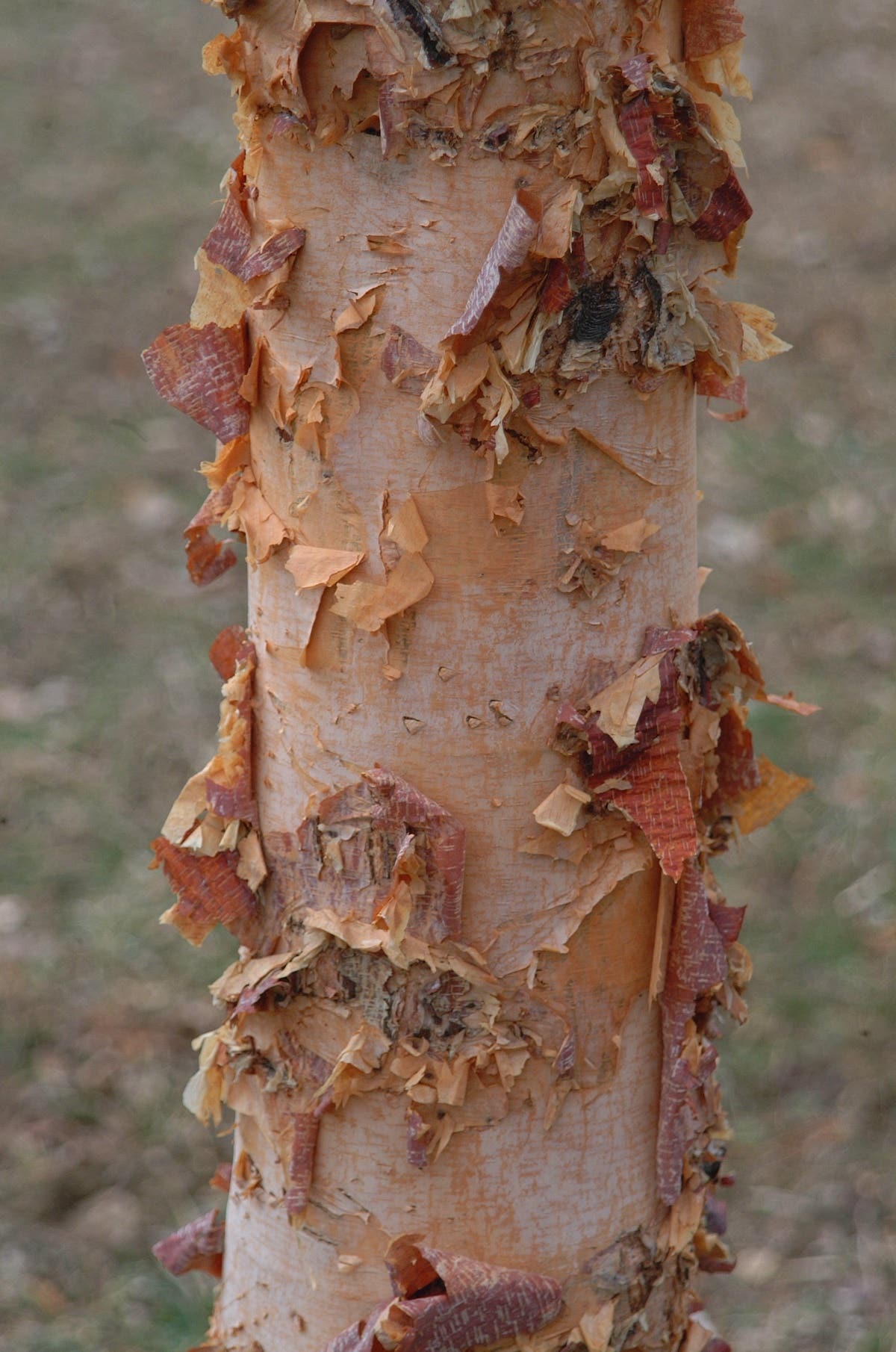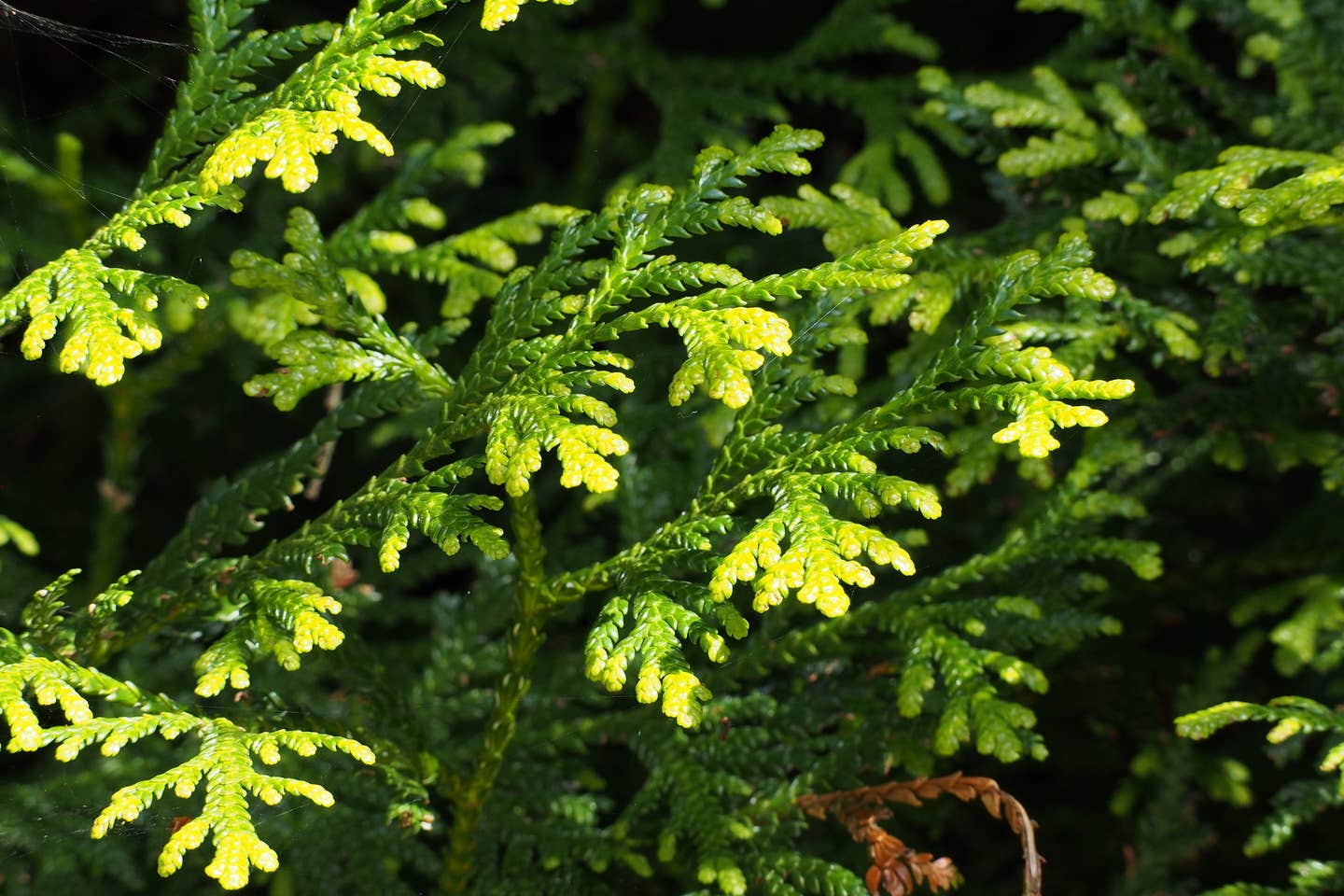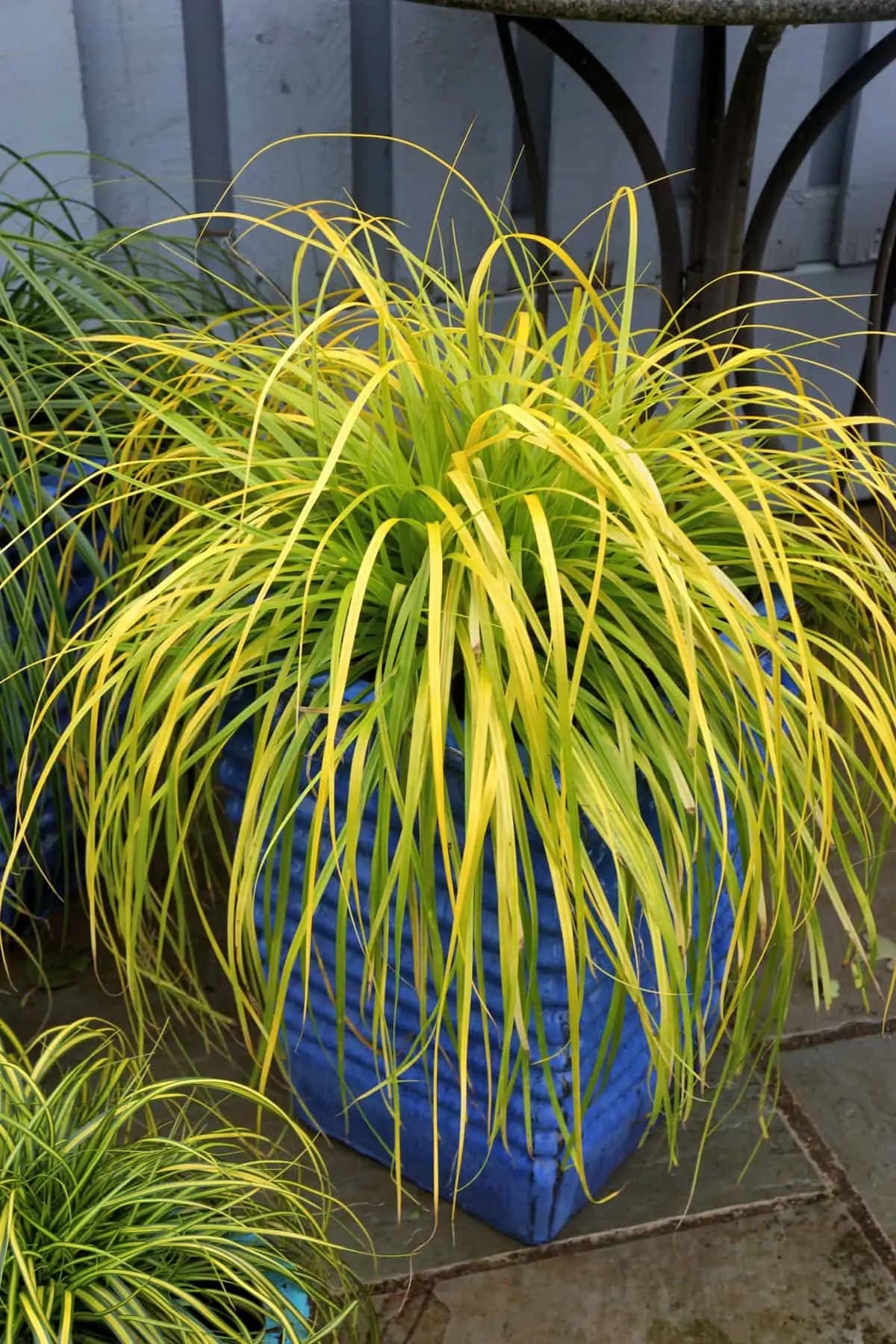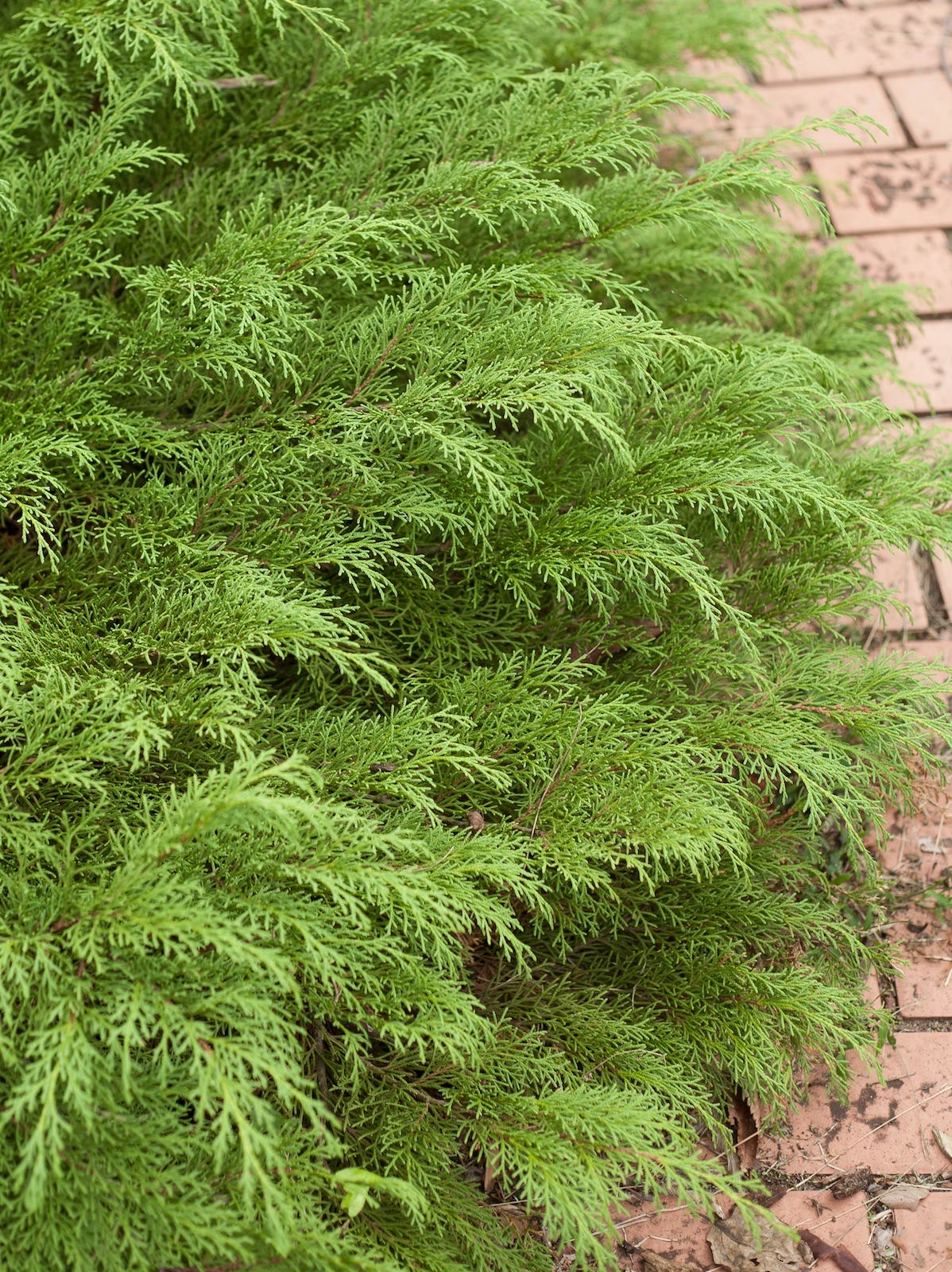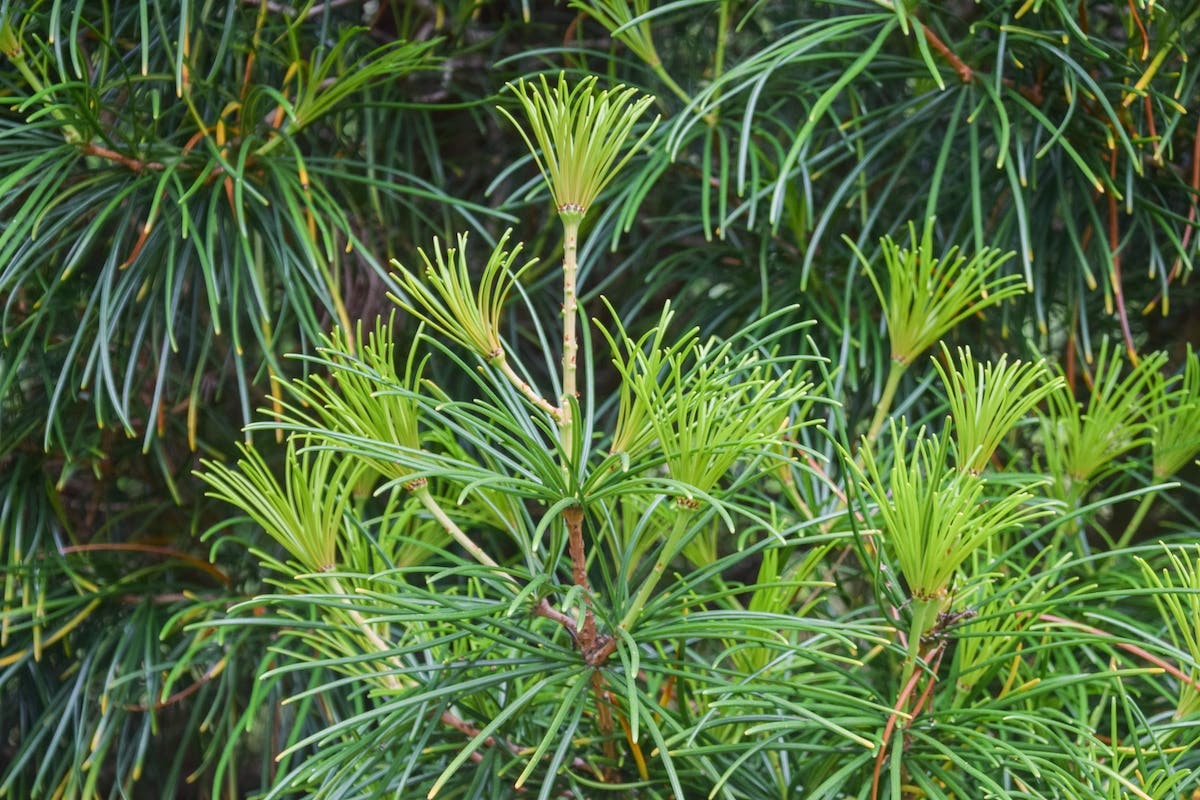by WAYNE WINTERROWD
Loveliest of trees, the cherry now Is hung with bloom along the bough, And stands about the woodland ride Wearing white for Eastertide.
—A. E. Housman, “The Cherry Tree”
THE GENUS PRUNUS IS A BOX OF JEWELS, making choices for the gardener who lives in USDA Zones 5 to 8 particularly difficult. Within the genus, of some 400 species or more, are grouped many familiar fruits, with succulent flesh surrounding a central, single-seeded “stone,” including apricots, peaches, nectarines, plums, prunes, and cherries. All of them form picturesque, small trees to perhaps 20 feet tall, openly and gracefully branched, with dark green, oval to lance-shaped, saw-toothed leaves. Their clouds of spring-borne flowers, deep or light pink to virginal white, create in most people a delirium akin to new love, even when they are actually too young to know all about that, or too old to remember. It is a brief display, lasting hardly more than a week, and then the petals fall like snow, to be followed in high summer by the ripe fruit. Where any of these trees may be grown well, they fulfill the 18th-century Enlightenment ideal of the conjunction of beauty and use, and few other spring-flowering small trees need be bothered with.
But alas, and despite the assurances of home orchard catalogs that saturate the gardening community each autumn and spring, all the beautiful trees that bear both flower and fruit are hard to grow well, for either purpose. Easier are those that are treasured merely for flower, among which the ornamental cherries rank very high. The best of them are Prunus subhirtella, the rosebud or higan cherry, and P. xyedoensis, the Yoshino cherry, which has been treasured in Japanese gardens for many centuries and is the principal variety in the famous planting that surrounds the Tidal Basin in Washington, D.C. Both are relatively large trees, quickly achieving a height of 30 to 40 feet, and assuming an architectural beauty of trunk and limb without much pruning. Both also produce clouds of flower in spring, and, in the case of P. subhirtella ‘Autumnalis’, a lovely sprinkling of flower whenever the weather stays above freezing for a day or two, from late November through April. Both also make beautiful specimen trees, though P. subhirtella, with its lighter scaffold of branches and greater longevity, is perhaps to be preferred to P. xyedoensis, which shares the genetic liability of most ornamental cherries in being short lived, generally declining just as it reaches a handsome middle age.
ORIGINS
Between them, however, they had a child, which, since its introduction in 1948, has become a gardener's favorite. It is called by the pretty name ‘Hally Jolivette’, which originally belonged to the wife of Karl Sax, director of the Arnold Arboretum of Harvard University from 1946 to 1954.
In the early 1940s, Sax made many crosses between P. subhirtella and P. xyedoensis, producing hundreds of seedlings that achieved flowering age, and were then patiently backcrossed to P. subhirtella. The single plant he selected to honor his wife from among this swarm of progeny is wonderful always, whether grown as a dense shrub to approximately 15 feet and almost as wide, or as a multi-stemmed or single-trunked tree to as many feet tall. Its chief glory resides in the fact that it will reliably produce so many flowers in late spring that its willowy, russet-colored twigs are almost obscured. Flower buds are vivid even when they first appear as tight cones of deep, rich pink, and they are given extreme beauty by newly unfurled leaves that are tinted bronze or chestnut brown. When fully open, each individual flower is about an inch and a quarter across, dangling downward on a slender petiole, and composed of a double row of fragile-seeming, frilly petals tinted almost white at their edges, but deepening down in the center of the flower through pink to a rich wine red. Blossoms are borne in clusters of five or more, all along mature twigs and old wood, some in bud and some fully open, over a period of as much as 20 days in mid- to late spring. That is an extraordinarily long time for a flowering cherry to remain in bloom.
CARE & CULTURE
Both the general health of a specimen of P. ‘Hally Jolivette’ and the shape it is eventually to assume will be determined by the place it has been given to grow. No cherry can be expected to thrive in less than two-thirds of a day of full sun, and compromises will result in disappointment. But in high summer, even on the north and west sides of a garden in northern latitudes, two-thirds of a day of full sun may exist. Abundant sunlight is necessary for the ripening of their wood, since all cherries flower on old growth. For this rea-son, a specimen of P. ‘Hally Jolivette’ might make a superb espalier, trained in a fan across a south or east wall, but it might be a dud on a north or west one—all leaf and no flower.
Soils may be of any degree of fertility, but they should be open and well drained, for root rot, which occurs in heavy, poorly drained clay soils, results in the heartbreaking effect of abundant flower and some twig growth the first year, and abundant flower and death the second. Heavy soils should be lightened by incorporating generous amounts of peat, sand, and compost, and the young tree m ight be planted on a slight mound. Once well established, P. ‘Hally Jolivette’ is resistant to drought, though not to the point where everything else around is withering away, for it will, too, and under such extreme conditions a hose should be left at its roots, barely dripping, until the ground is deeply saturated. Artificial fertilizers should be avoided, as growth is quick, and too much may produce weak wood and encourage diseases. Fortunately, they are few, the worst being an anthracnose-like fungus that attacks the delicate, inch-long leaves in unusually wet springs, causing them to blacken. Generally, plants throw off disease and refoliate as soon as sunny, settled weather arrives, though a severe infection might merit the single application of a fungicide spray.
Where there is space, P. ‘Hally Jolivette’ is splendid when grown as part of a mixed shrubbery, simply as a large, densely twigged bush to perhaps 12 feet tall and as wide. Even better in such a situation would be to restrict a specimen to several ascending trunks, eliminating all other brushy growth to clear the way for hostas and other shade-loving perennials. When trained into a single-trunked, small tree to perhaps 15 feet, P. ‘Hally Jolivette’ is far too slight to provide shade on the patio, or to screen all but the downstairs windows that face the street. But trained that way, it would be charming as a single specimen tucked into the corner of a small city backyard where two fences meet, or perhaps as the one tree selected for the square scrap of ground left in front of so many Victorian townhouses. Only the nuisance question “What is that little tree?” repeated every time one stepped out the door, would be an impediment to such a use of it. H
Facts & Figures
Prunus ‘Hally Jolivette’TYPE OF PLANT: deciduous small tree or large shrub FAMILY: Rosaceae (rose family) HEIGHT & SPREAD: 15 ft/15 ft. habit: dense, multistemmed. but susceptible to training to a singie-tmnked tree LEAVES: obovate, 2-3 in, long, serrate margins, dark green BARK: reddish brown FLOWERS: double. 1 1/4 in. in diameter, pinkish white opening from pink buds BLOOM PERIOD: up to 20 days in late April-early May RATE OF GROWTH: moderate to fast HARDINESS: USDA Zones 5-8. Sunset Zones 3-7, 14-20, 31-34. 39 EXPOSURE: full sun (2/3 day minimum) SOIL: any well-drained WATER NEEDS: moderately drought tolerant once established FEEDING: not necessary PROPAGATION: from cuttings taken May-July PROBLEMS: anthracnose
TRAINING TIPS
All the effects of which P. ‘Hally Jolivette’ are capable are beautiful, and a newly acquired plant waits for the gardener to determine the shape it should have. This determination should come early, however, almost when the plant is brought home from the nursery, for P. ‘Hally Jolivette’ benefits from early training, and severe cuts are best made in the first year or two of planting, generally in late June or July. (Wayward twigs may be clipped at any time, but are perhaps best taken in May for indoor decoration.) By nature, P. ‘Hally Jolivette’ wants to assume a dense, brushy growth of many stems, the strongest of which may assume a thickness of three or four inches in diameter. By careful selection, the thicket of growth can be thinned to produce a little clumping tree of three to five ascending trunks, or one with a single trunk branched at the top into sturdy limbs and willowy branchiets.—W.W.


